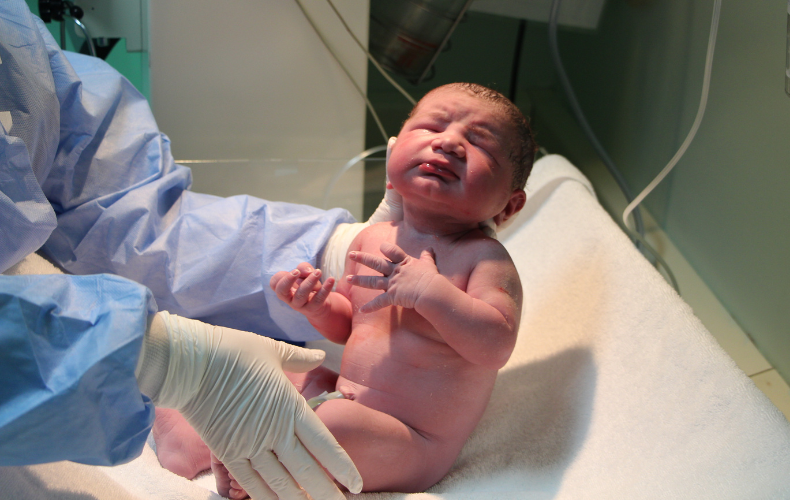
A few years ago, saving the umbilical cord blood at birth is the only option available for expecting parents when it comes to newborn stem cell banking. At Cells4Life, we can also save a piece of the umbilical cord (umbilical cord tissue), the placental cells, as well as the amnion. This provides you the option to store the maximum number of stem cells from the umbilical cord and placenta.
The cord tissue is rich in Mesenchymal Stem Cells (MSCs) that are crucial for tissue repair or replacement. Cells4Life umbilical cord tissue storage keeps the umbilical cord intact, retaining the tissue and the stems cells it contains, providing more opportunities for treatment.
Why Save the Umbilical Cord Tissue?
Researchers have discovered that the cord tissue can provide an unlimited source of multipotent mesenchymal stem cells (MSC) (DT, 2015).
Cord tissue stem cells can only be collected at the time of birth, so it is an important opportunity to secure your child’s future health. By preserving these cells, you are also ensuring your child has access to stem cells that are a 100% genetic match and will not be rejected after a transplant.
Because of their multipotent/pluripotent cell type, umbilical cord stem cells can be used to create a number of other cell types including bone, tissue, cartilage, skin and ligaments. These stem cells are very adaptable and will be the key for regenerative medical procedures. The potential regenerative medical therapies currently being researched cover a broad spectrum:
- cardiovascular regeneration;
- neurological treatments;
- orthopaedic treatments;
- ophthalmic treatments.
There are also a number of clinical trials currently underway using cord tissue and cord blood stem cells. These clinical trials are targeting conditions including:
- Macular degeneration
- Spinal cord injury
- Heart disease and other cardiovascular conditions
- Diabetes
- Cerebral palsy
- Burns, ulcers, broken bones and various injuries
- Various genetic conditions
- Autoimmune disorders
- Breast cancer
- Parkinson’s disease
The umbilical cord tissue also contains a number of human growth hormones, perivascular cells and vascular endothelial cells which may be of therapeutic use in the future.
Researchers believe that many of these medical treatments will be commercially available within the next 5-10 years. By preserving a piece of your child’s umbilical cord, you may give them an advantage should they require a regenerative medical procedure.
Storing Umbilical Cord Tissue
Cells4Life are experts at handling and processing the cord tissue and the cord blood samples. Umbilical Cord tissue collection is simple and non-invasive. After the cord blood sample is collected, the OB-GYN or midwife will clean a portion of the umbilical cord and will cut a few centimeters then will place it in a cord tissue container provided in the Cells4Life collection kit.
Once everything is properly packed and the kit is sealed, we’ll help you arrange for a courier to ship the kit to our UK lab for processing. You will receive a printed certificate confirming the cord blood and cord tissue storage.
We provide the option to store the umbilical cord tissue in multiple subdivisions – meaning you can use just a portion of the stored sample and keep the remaining in storage until needed in the future. We also offer the unique option of storing in two geographically separate storage locations, which adds more security in samples stored. Cord tissue can be stored in 20, 25, 30, 35 or 60 years.
WATCH VIDEO: HOW CORD BLOOD & CORD TISSUE BANKING WORKS
Contact us to discuss storing your child’s cord blood stem cells »
Sources
DT, H. (2015). Umbilical cord tissue mesenchymal stem cells: characterisation and clinical applications. – PubMed – NCBI. Ncbi.nlm.nih.gov. Retrieved 12 April 2015, from http://www.ncbi.nlm.nih.gov/pubmed/23895058
Ratcliffe, E., Glen, K., Naing, M., & Williams, D. (2013). Current status and perspectives on stem cell-based therapies undergoing clinical trials for regenerative medicine: case studies. British Medical Bulletin, 108(1), 73-94. doi:10.1093/bmb/ldt034

